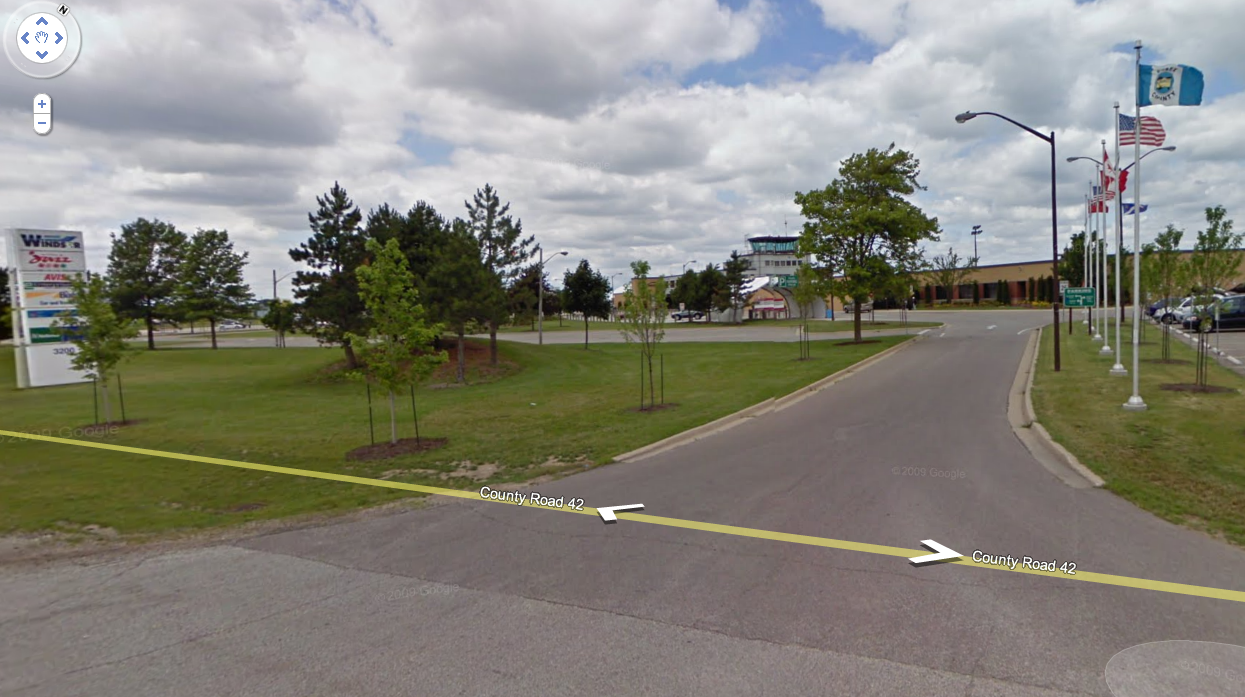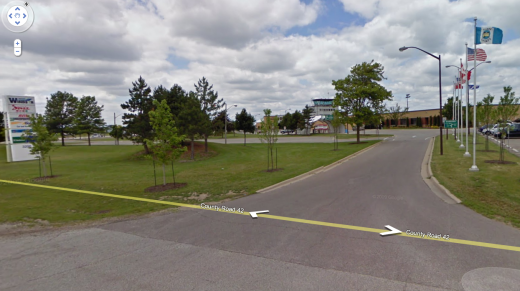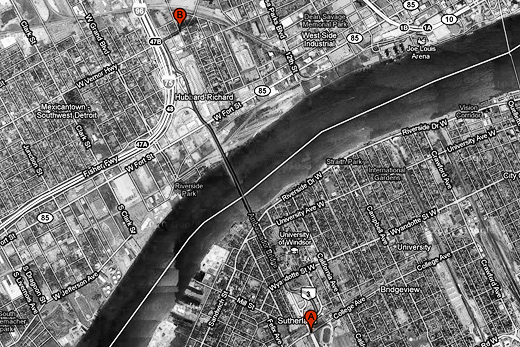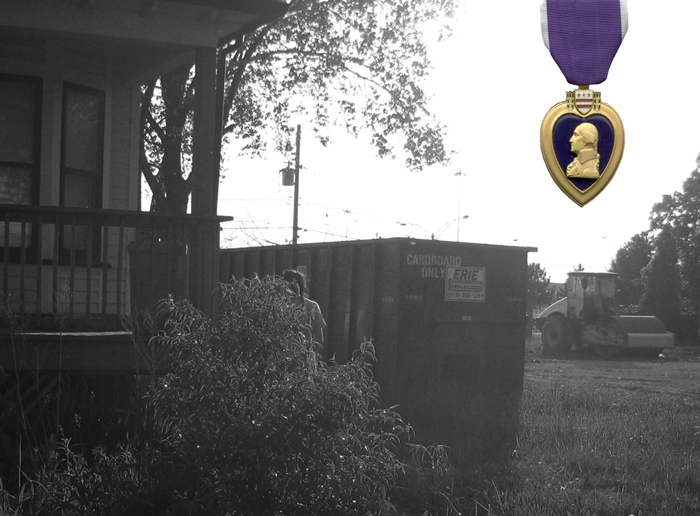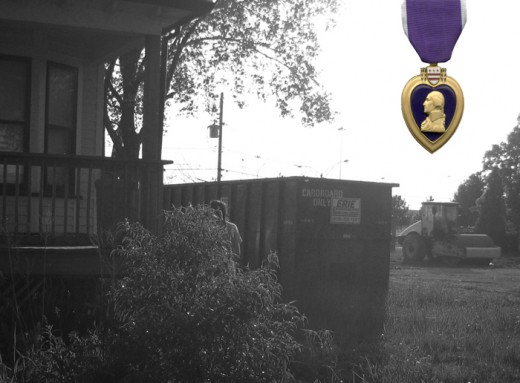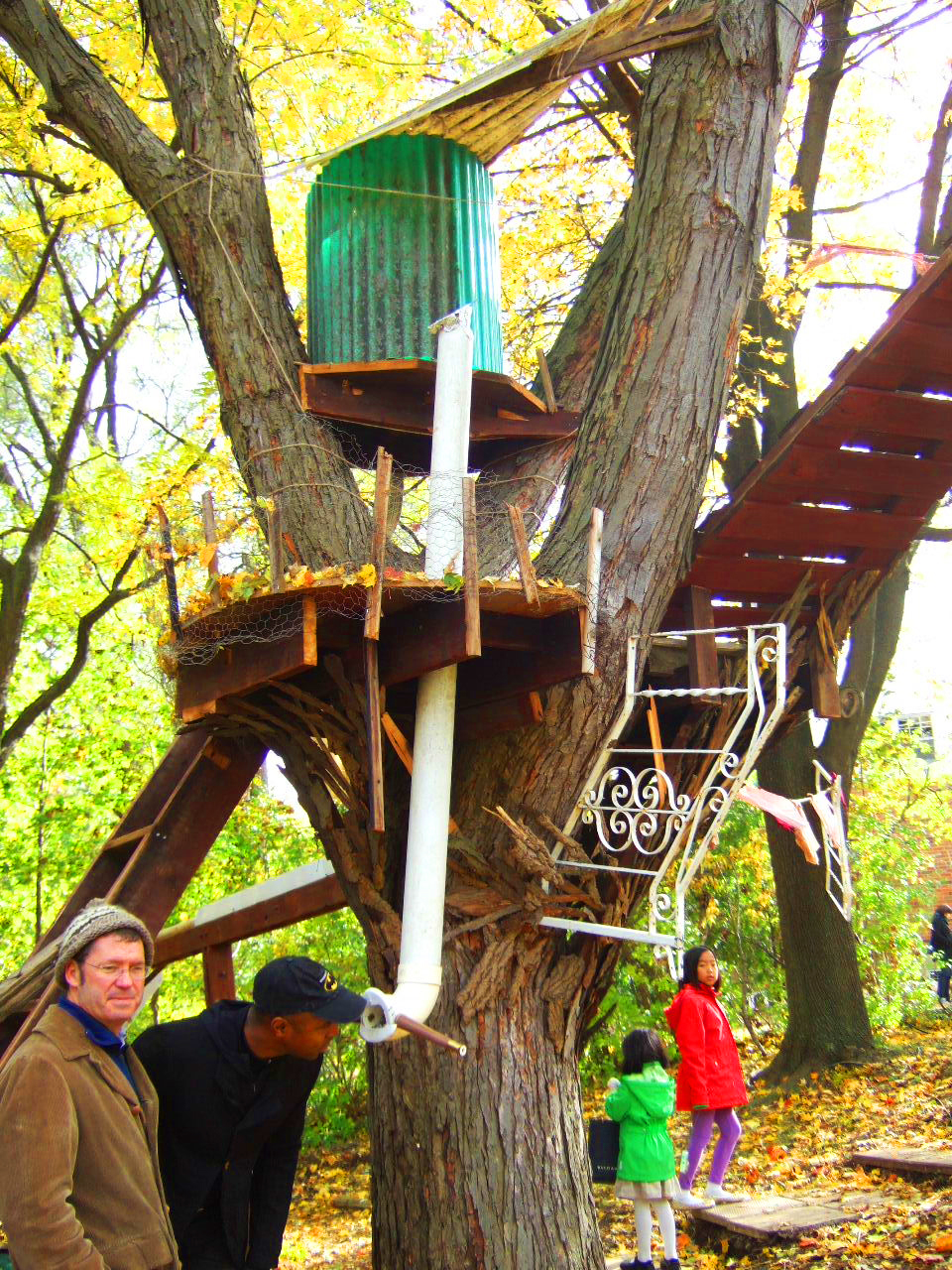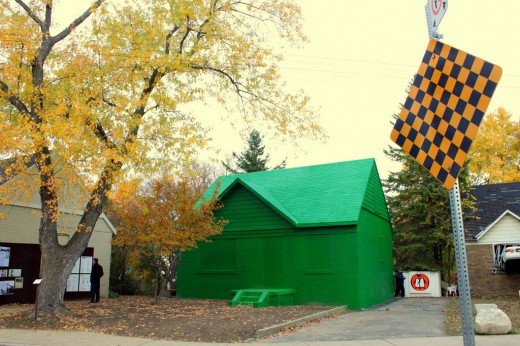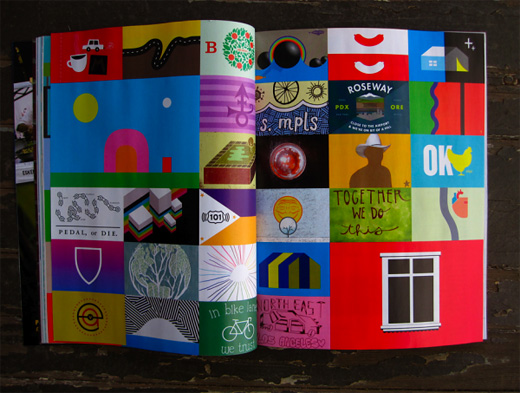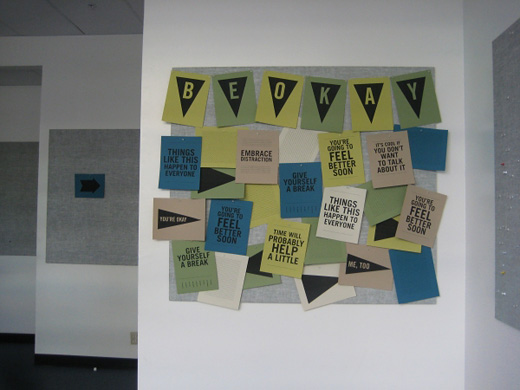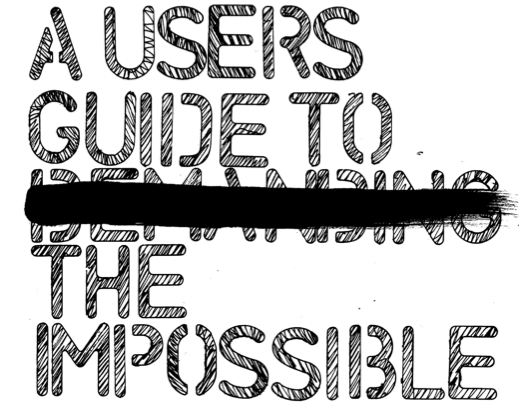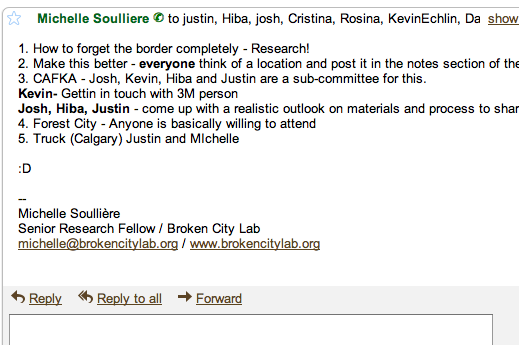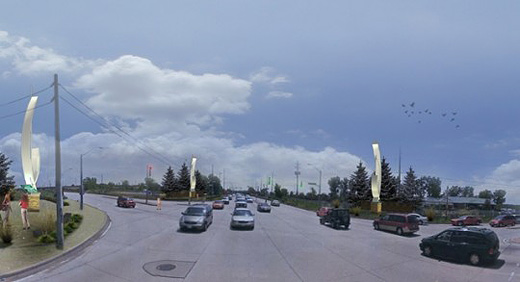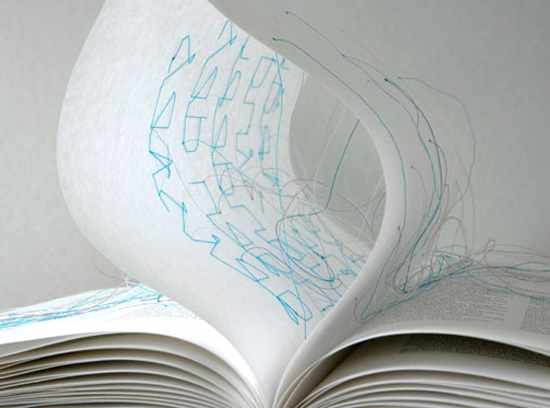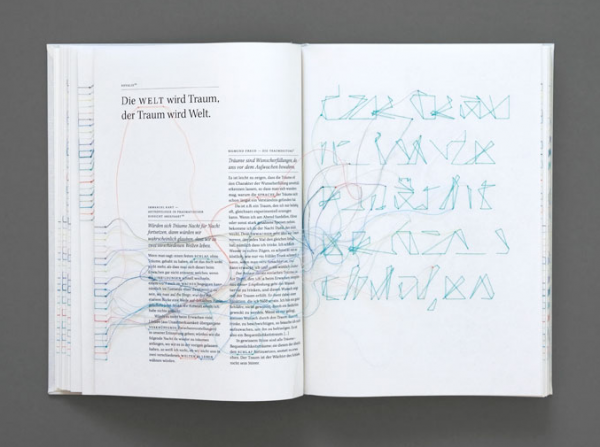While researching different spaces for our Make This Better project, I’ve become more and more drawn to the Windsor Airport. This space has been so neglected that major talk for shutting it down is now on the table.
As of 2007, Serco Aviation Services Inc. terminated its contract regarding airport management from the City of Windsor because they’ve been losing money by being there. Now the City of Windsor operates the airport at an alarming deficit. I found all this information by simply typing “Windsor Airport” into Google for a brief history on it. Everything that came up was so negative and discouraging.
It seems, however, that the issue is more heavily connected with our next door neighbours.
With the Detroit Airport as a more internationally known landing area, Windsor Airport’s airspace is controlled from Detroit. This makes me wonder if having an airport in Windsor is even necessary? With the few that I’ve had the chance to discuss this with, their responses have been quite interesting, with the majority of them asking: “Where is the Windsor Airport?”.
Everything that I have been learning and researching about the airport in Windsor makes me feel like it would be a perfect site for Make This Better.
What do you guys think?
